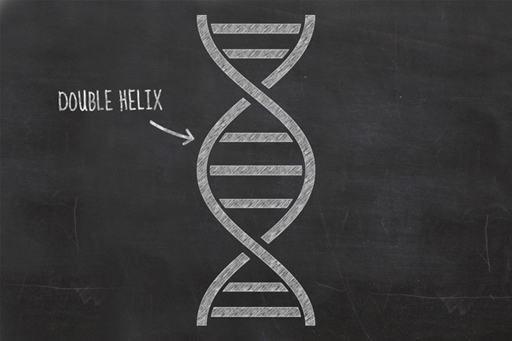4.2 Why does it matter?

You’ve now extracted DNA from an organism, but why is this important? In carrying out this experiment, you have taken the first step in all experiments that work with DNA. While you are limited in the types of DNA research you can perform in your kitchen, it is possible to take this much further with a fully equipped laboratory. For example, once scientists have isolated the DNA from an organism, they can use it to clone a sheep, solve a murder, test for paternity, create an insect-resistant crop or cure a disease.
An important line of DNA research is pharmacogenomics, which concentrates on the role of genetics in drug response because different people respond differently to the same medical treatments. It is hoped that if a treatment can be tailored to our genetic signature, it will be more effective at curing whatever ails us and have fewer adverse side-effects. For example, a common chemotherapy treatment for cancer involves the chemical mercaptopurine, which kills tumour cells, but the side-effect is that mercaptopurine is toxic. This is not usually too much of a problem as patients produce an enzyme called TPMT (thiopurine methyltransferase), which breaks down the mercaptopurine before the levels in the blood get too high. A tiny percentage of patients produce TPMT too slowly, and suffer toxic side-effects to the drug. By studying the DNA of a patient, doctors can attempt to determine how extreme a reaction they will have to the drug and can prescribe a more appropriate dose.
Aside from using genetic information to assist in choosing the most appropriate treatment, doctors can also look at a patient’s DNA to identify risk factors to particular diseases and conditions in order to advise the patient in taking suitable preventative measures.
Many other types of scientific research revolve around the use of DNA. These include:
- Forensic science, where the identification and analysis of DNA from crime scenes is used to identify and exclude suspects.
- The genetic modification of organisms, most commonly in agriculture where the goal is to improve yields.
- Paternity testing, where DNA is used to identify the real father or exclude other possible fathers.
- Food safety, in relation to the correct labelling of meat products.
- Artificial cloning, most famously Dolly the sheep, but many other mammals and amphibians have been cloned.
Jurassic Park brought the subject of artificial cloning to attention of the population at large through Lord Richard Attenborough’s character who created a dinosaur theme park. It turns out that the story contained a certain amount of ‘poetic license’; DNA simply doesn’t survive that long. In fact, even under ideal preservation conditions, it has been calculated that the absolute maximum time after death that DNA can be successfully extracted from a deceased organism is about a million years. Jurassic Park may be a fantasy, but there is a very remote possibility that woolly mammoths could be brought back to life through the process of cloning, as the last of these died out only a few thousand years ago.
